More and more consumers are singing the praises of subscription car services.
By Sarah Lee Marks
When my Uncle Sal returned from his annual six-month spring/summer break in Cape Cod, he called me with a five-word request: “I need a new car.” Having left his 2014 Subaru back in Massachusetts, he was anxious to pick up a new 2018-19 vehicle for his winter home in Las Vegas. We made a plan to test-drive some new luxury cars and SUV’s to see what struck his fancy. Our first stop was the local Cadillac dealership. As we pulled in to the lot, he asked, “What do you think of these subscription services?”
All right, Uncle Sal! Always surprising!
“How much do you know about these programs?” I asked.

www.istockphoto.com
“My friends are driving some sweet rides,” he shrugged. “They say they drop the car off at the dealer for all the services. The insurance and registration are covered in one payment. When they get ready to go back east, they turn it in, no penalty, and get something else in New York. Do they have that everywhere?”
“Every program is different and, between them, the variables can be quite confusing,” I said. “Let’s see what you like driving first.”
Vehicle subscription programs offer an annual contract for high-quality credit clients, starting at around $1,000.00 a month, depending on the model. Outside of major metropolitan areas, most of these plans are limited to luxury vehicles. At our first stop, we inquired about the Book by Cadillac plan, which was advertised as a “simpler, smarter way to drive.” Unfortunately, they were not accepting any new members at that time.
The car subscription model is trending, with as many variations as there are interstates. As Sal continued to test-drive cars at the Porsche, Jaguar, BMW and Mercedes dealerships, we found the amount of knowledge at the dealership level varied significantly. When pressed for particulars, all of the salespeople with whom we interacted suggested going online to their websites. It turns out that most of the manufacturer programs are designed to be handled online, over the phone and without competing with the franchised dealer’s base of business.
The sales manager at Volvo showed Sal their XC90 and S60, the only models currently offered under the Care by Volvo platform. “The entire deal is completed on the phone app,” our sales manager explained. “We meet the client, deliver the car, and hope they decide to buy or lease one after they try it.”
That sounded like a good fit. But Uncle Sal, who is not a technophile, wasn’t crazy about the phone app process, never mind the $1000-and-up monthly ticket.
“You do realize you could lease the same car for less money?” I offered.
“Yeah, but then it sits for months and I’m paying insurance and registration to not drive the car,” he said. “This way I get a new car whenever I want.”
“There are some other versions of the monthly subscription plan you might like better,” I pointed out. Indeed, individual dealership groups have now entered the subscription fray. It’s a way of retaining their customers, harvesting new clients and also turning used car inventory.
We added the local Ford dealership to our itinerary. Jeff, the customer concierge in charge of their subscription service, explained the Try & Buy program. My uncle immediately chafed at its phone app component, but changed his tune when he saw how easily he could order a car.
“You simply select the car you want from our available inventory, choose the number of miles you will drive, pick the number of months you will want it for, and hit submit,” he said. “Once the credit application and driving record are checked out, we bill you monthly. Furthermore, we deliver the car to you, pick it up when it needs service, or want to switch it out.”
“Hold up,” Sal said. “For $600.00 a month, all in, I drive a new 2019 Ford Edge?”
“Well sir,” Jeff replied, “It will have miles on it, and it may not be a 2019. But it won’t be older than a year or have more than 50,000 miles. That is our dealership policy. Every dealer can set their own standards.”
“What if I crash it?” Sal asked. (More likely totaled it, I thought…good question.)
The dealership has insurance, he answered, adding that it didn’t offer the program to people with bad driving records, poor credit or DUI’s. In addition, every family member who might drive the car has to supply a driver’s license and have their record checked.
“What about crashes where it’s not totaled or your client’s fault?” I jumped in. “Who gets sued for diminished value?”
“I believe we would go after the responsible party’s insurance, but I’ll have to check,” he replied.
“How many times can Sal switch cars on your plan?” I asked.
“Once in twelve months, on our one-year plan, which is less expensive than the six-month plan,” Jeff said. “But if you want to go month-to-month, the monthly fee is $100.00 more…but that gives you the maximum flexibility to try different models based on your needs. A four-wheel drive in winter, a truck for spring yardwork and a seven-passenger van for family vacations.”
The selection of makes and models in the Ford dealer’s subscription plan appealed to my uncle’s fondness for cars of all kinds, dating back to his high-school Dodge Duster. This is just a more exclusive form of car rental, I pointed out. There is a “plan for every seat,” as dealers like to say.
“I still don’t like the thing-y on my phone,” Sal complained over lunch. As a retired accountant, however, he was mostly focused on crunching the numbers and calculating the return on investment. “It’s the ‘time value’ of money I need to understand.”
That night, in preparation for round two of Car Search, I called my acquaintance, Janine, an early adopter of the subscription service model.
“I travel a lot,” she said, “so I need something to get around town when I’m home. I use Canvas.”
Canvas is a service built around used Fords. For $600 a month, Janine got 500 miles, insurance and registration on a 2018 Fusion, which had 20,000 miles when she started. Her only complaint was that Canvas did not have more makes and models from which to choose.

www.istockphoto.com
“I love the flexibility and it’s fun,” she said. “Everything is handled online, I don’t have to talk to anyone. They pick it up for service. I can add miles or extend my monthly plan from the phone app, anytime.”
Sal and I resumed our research on local subscription options the next day. He decided to rent until he got a firmer grasp of the possibilities. As we pulled into the Enterprise lot he said, “This Nissan Altima is costing me $600 for a month. My insurance covers me.”
“Well,” I said, “that gives you time to consider what car you really want. Then we can find a plan that lets you drive all the cars of your dreams…until there aren’t any left.”
“Now that sounds like a fun bucket list plan,” Sal smiled.
Revolve
Sal did a little research on his own. He called his buddies in Miami, who use Revolve, a Florida-based company that does luxury subscriptions. Revolve specializes in Porsche, Maserati, Land Rover, Ferrari, Lamborghini and other exotics. They offer “all-inclusive” memberships starting at $1,000 a month. Unfortunately, their service was not available in Nevada or Massachusetts.
Editor’s Note: Sarah Lee Marks is a car concierge and automotive consumer advocate for all things car-related. Sarah lives in Henderson, Nevada with her husband, Norman. You can ask her car questions at her website: www.mycarlady.com.


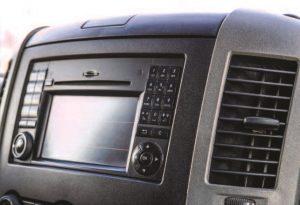 My shortlist of requirements included the aforementioned back-up camera—federally mandated in all new cars beginning 2018—as well as blind-spot alerts. However, it soon became evident that my request was a bit more complex. The nuances and names of the features on new cars are as diverse as the variety of makes and models. After a brief introduction to the car Mom had roosted in, Eddy led us to a car parked in a garage area off the showroom. “It is easier for me to demonstrate how well this car performs,” he said, as the garage door opened. “Let’s take a test drive.”
My shortlist of requirements included the aforementioned back-up camera—federally mandated in all new cars beginning 2018—as well as blind-spot alerts. However, it soon became evident that my request was a bit more complex. The nuances and names of the features on new cars are as diverse as the variety of makes and models. After a brief introduction to the car Mom had roosted in, Eddy led us to a car parked in a garage area off the showroom. “It is easier for me to demonstrate how well this car performs,” he said, as the garage door opened. “Let’s take a test drive.” 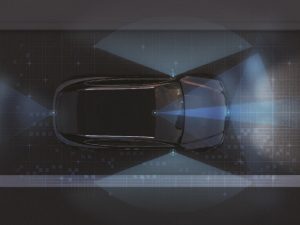 “Yes,” she replied, “and it feels like it is vibrating too.”
“Yes,” she replied, “and it feels like it is vibrating too.”  “So, if I’m lost, they tell me where to go?” Mom continued. “My friend Sally has that, and it came in handy the other day.”
“So, if I’m lost, they tell me where to go?” Mom continued. “My friend Sally has that, and it came in handy the other day.”
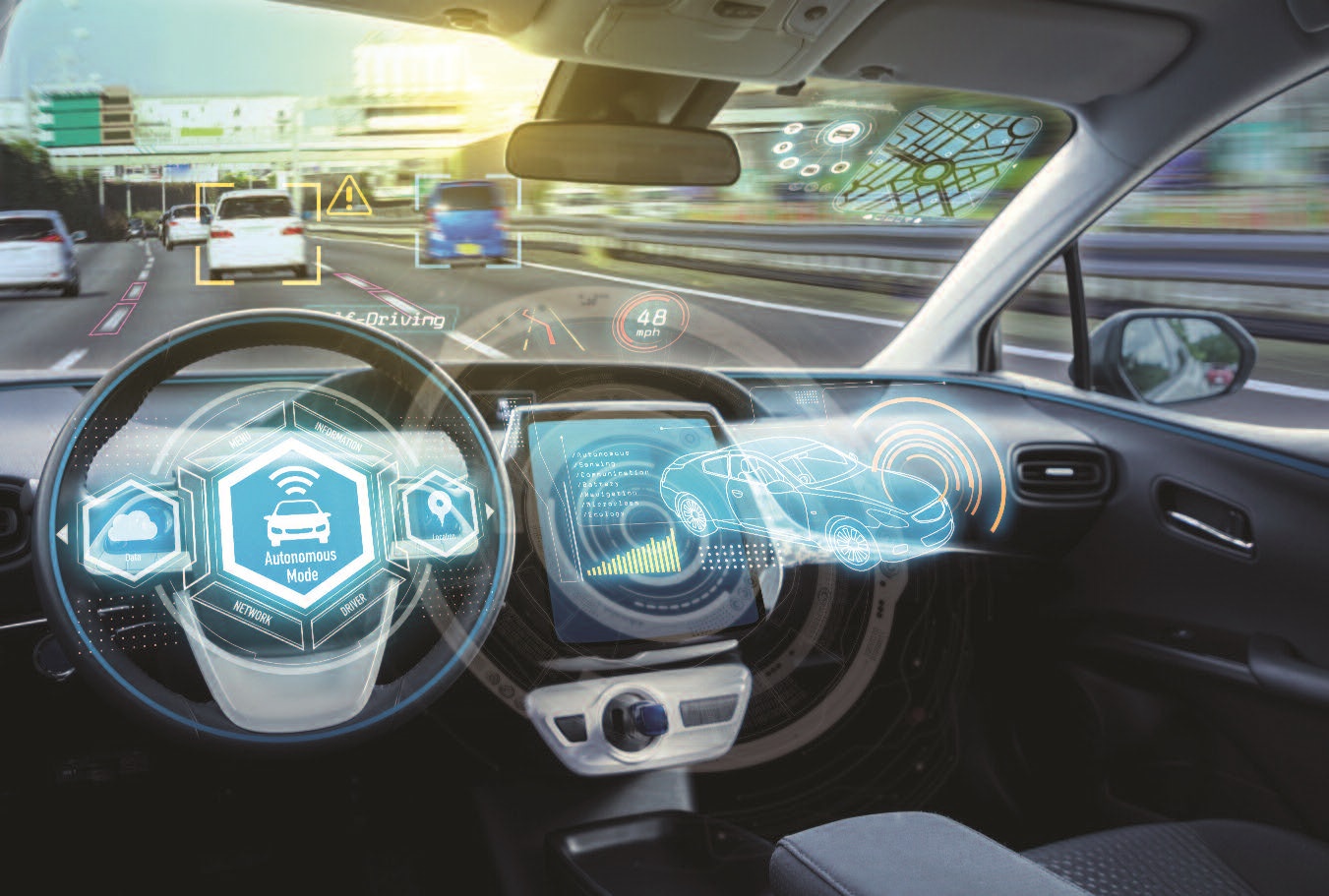

 If you’re renting a car…THAT is the question.
If you’re renting a car…THAT is the question.







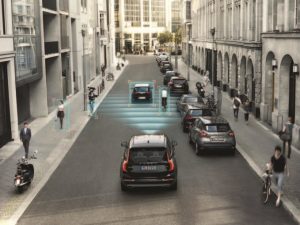 The fact is that 2009 was a big year for auto tech. Many of the now ”standard” features on 2019 vehicles were just finding their way into showrooms back then. Among the groundbreaking bells and whistles were rear-mounted radar that could detect oncoming traffic when a car shifted into reverse, as well as portable routers that turned vehicles into Wi-Fi hotspots. Live GPS vehicle tracking (for paranoid parents or vigilant business owners) also became widely available. And smaller, lighter turbocharged engines could be found in cars across the MSRP spectrum, boosting power and efficiency—a huge game-changer.
The fact is that 2009 was a big year for auto tech. Many of the now ”standard” features on 2019 vehicles were just finding their way into showrooms back then. Among the groundbreaking bells and whistles were rear-mounted radar that could detect oncoming traffic when a car shifted into reverse, as well as portable routers that turned vehicles into Wi-Fi hotspots. Live GPS vehicle tracking (for paranoid parents or vigilant business owners) also became widely available. And smaller, lighter turbocharged engines could be found in cars across the MSRP spectrum, boosting power and efficiency—a huge game-changer.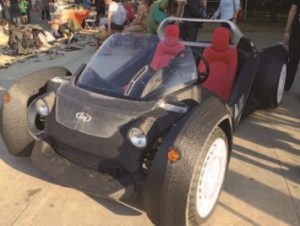 3-D Printed Cars. Not the whole car, of course, just the parts that make people ooh and aah. Pick your engine and your options, and then go crazy designing the car of your dreams. The functional technology exists already, however, the cost is still prohibitive. But man, just think of the wild stuff we’ll be seeing on the road. The fringe benefit of this technology is that the same 3-D printers will
3-D Printed Cars. Not the whole car, of course, just the parts that make people ooh and aah. Pick your engine and your options, and then go crazy designing the car of your dreams. The functional technology exists already, however, the cost is still prohibitive. But man, just think of the wild stuff we’ll be seeing on the road. The fringe benefit of this technology is that the same 3-D printers will 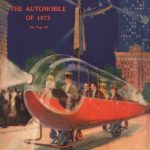 Flying cars. Well, 1973 came and went, didn’t it? So here’s the deal: You might finally get that long-awaited personal jetpack, but automobiles will remain earthbound. Yes, it’s fun to imagine hovering over the potholes on Rte. 22 on your way to and from work, but no
Flying cars. Well, 1973 came and went, didn’t it? So here’s the deal: You might finally get that long-awaited personal jetpack, but automobiles will remain earthbound. Yes, it’s fun to imagine hovering over the potholes on Rte. 22 on your way to and from work, but no 